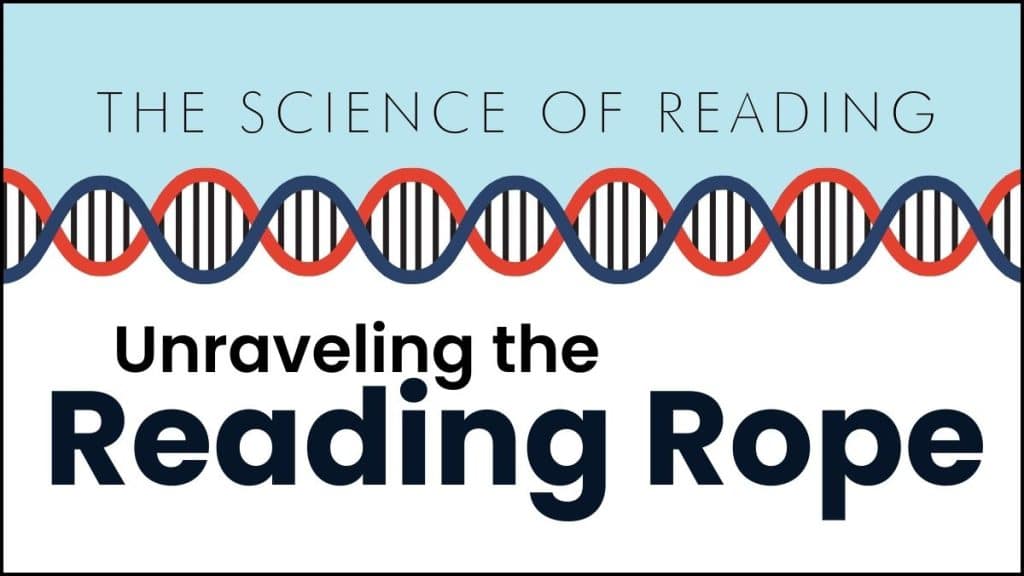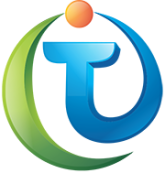For years, the “balanced literacy” approach dominated reading instruction. This method blended various methodologies, including whole language and phonics, in hopes of catering to diverse learning styles. However, recent research has propelled a significant shift toward Science of Reading (SoR) strategies, leaving some educators asking: why the change, and how can we adapt?
SoR uses the theoretical model of The Reading Rope, which was introduced by Dr. Hollis Scarborough in 2001. This model intricately captures the multifaceted nature of proficient reading. The Reading Rope is comprised of two intertwined strands—Word Recognition and Language Comprehension—that capture the foundational skills and broader cognitive abilities (think of these as threads in the strand) essential for effective reading. The Word Recognition strand includes phonological awareness, decoding, and sight recognition, while the Language Comprehension strand encompasses background knowledge, vocabulary, language structures, verbal reasoning, and literacy knowledge. This model offers educators a holistic framework to guide students toward literacy proficiency by illustrating the interconnected nature of these critical reading skills.
Balanced literacy often places less emphasis on the foundational elements like phonemic awareness and phonics, leading to struggles for some students, particularly those with dyslexia. SoR, on the other hand, acknowledges that explicit, systematic instruction in these core skills is crucial for all learners. It provides a roadmap for building a strong reading foundation, upon which higher-level comprehension and vocabulary development can flourish.
So, how can educators incorporate SoR in their classrooms? Here are some practical steps:
- Prioritize explicit phonics instruction: Use evidence-based programs that teach letter-sound relationships in a logical progression.
- Integrate phonemic awareness activities: Engage students in playful exercises like identifying rhyming words or isolating sounds in spoken words.
- Focus on fluency practice: Repeated reading of familiar texts, choral reading, and partner reading can all boost fluency.
- Incorporate explicit vocabulary instruction: Teach word meanings in context, using strategies like graphic organizers and visuals.
- Choose texts with rich vocabulary and complex sentence structures: Encourage students to grapple with challenging material, not just leveled readers.
Shifting to SoR may require ongoing professional development and rethinking some familiar curriculum elements. However, the potential benefits are significant. By prioritizing the scientific understanding of how reading works, educators can equip all students with the tools they need to become confident, proficient readers, unlocking a world of learning and opportunity.
Remember, SoR is not a rigid program, but a comprehensive guide. Educators can adapt its principles to their own teaching styles and classroom contexts, ensuring every child takes a powerful first step on their reading journey.

Featured Training
Dive into the theoretical framework known as the Reading Rope, reflect on current practices, and leave with a stronger foundation and more confidence to engage learners in reading rooted in science!
